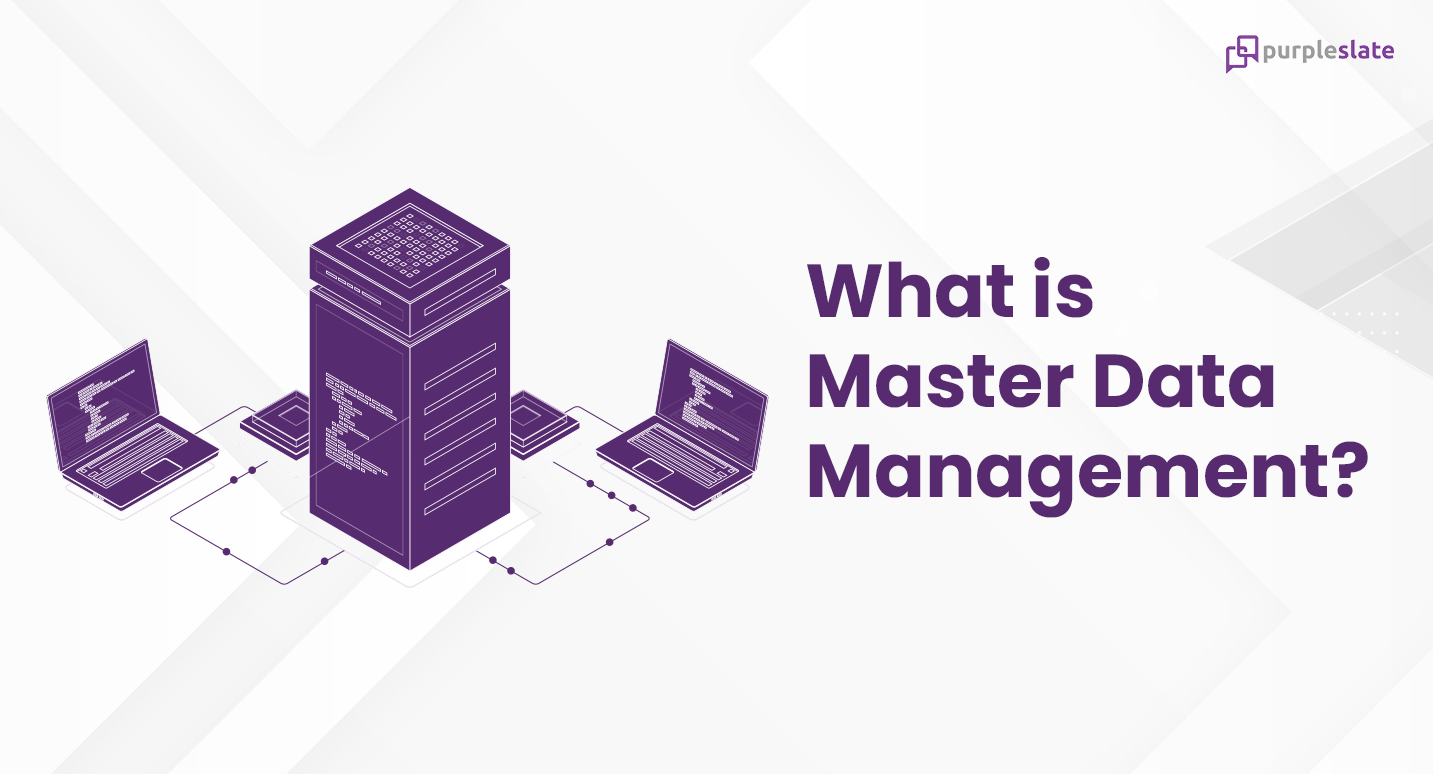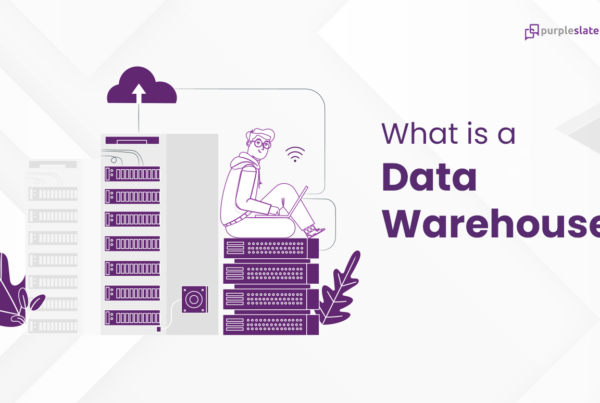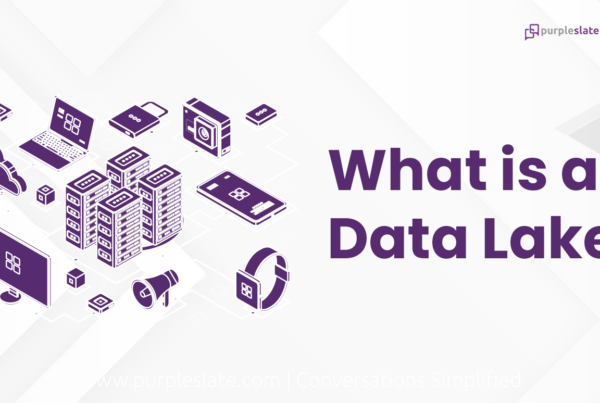
Introduction
Master Data Management (MDM) is the use of tools, processes, and solutions to help an organization manage its master data. It involves the creation of a unified view of all data across an organization and allows for the identification of gaps in data quality.
Defining Master Data Management
Master Data Management is the process of creating and maintaining a single master record—a single source of truth—for each person, place, and thing in a company. Enterprises can use MDM to share key data across the company and produce better reporting, decision-making, and process efficiency.
Master Data Management is used to ensure that a company has accurate and consistent data throughout the organization. It’s also important because it allows businesses to properly manage their internal processes, which can help them increase efficiency and improve customer service.
Understanding the Need for MDM
MDM is a process that ensures that the data used by an organization is accurate and consistent. This makes it easier for organizations to make decisions, especially when it comes to making business decisions based on facts rather than assumptions or beliefs.
Avoid Reverification
MDM helps companies avoid costly mistakes, such as getting stuck in a cycle of re-verification (re-checking existing records) because they don’t have all the information they need. In fact, studies show that companies with good data management practices are able to save between $65 billion and $200 billion annually in costs associated with poor performance on quality measures alone!
Single Source of Truth
MDM is used to ensure that a company has accurate and consistent data throughout the organization. The goal of MDM is to create a single source of truth for all business data and information, including employees, customers, and partners.
Collaboration
MDM allows for the creation of an environment where multiple users can work on one project at the same time without losing track of what they’re working on or who else may have access to that information. This helps prevent errors from occurring when processing different types of transactions in different formats—for example, account numbers versus credit card numbers versus social security numbers versus passport numbers versus home addresses, etc.
Identifying Different MDM Implementation Models
Master data is the most important data in a business. It consists of people (customers, employees, and suppliers), offices and locations (offices and locations), and goods (products and assets). Even though master data comprises a small percentage of all business data, it is incredibly complex and crucial. MDM implementation models are divided into two categories
- Traditional model: In this case, the software is installed on-premise and linked to a single system of record (SoR). The data is stored in a database or an enterprise resource planning (ERP) system that supports MDM requirements.
- Hybrid model: In this scenario, the data resides in both an off-premise source and on-premise target systems while only certain information needs to be synchronized between them using agreements or APIs. This type of architecture can be used when you want to centralize your users’ access rights into one location but still allow them access from multiple sources like smartphones and tablets that may not be connected directly via network connectivity at all times.
The Benefits of MDM
Master data management has a lot of other advantages besides helping an organization make good decisions and answer key questions. Here are just a few.
- Improved customer experience by providing a consistent, seamless experience for your customers. This can mean improved marketing efforts, a more tailored product offering, and reduced churn rates.
- Improved company performance by managing your internal resources better so that they’re working on the right things at the right time with minimal overhead and wasted effort on unimportant tasks.
- Increased revenue through increased sales opportunities and cost savings by reducing errors in processes or reporting requirements.
- Reduced costs by eliminating redundancies across departments or business units within an organization
- Improved data quality by reducing duplication and improving consistency, which in turn reduces the risk of identifying bad data. In addition, it can also reduce latency between producing a report or emailing an information request. Establishes baselines for each business process, identifying deviations from those baselines, and establishing corrective actions.
- Improves data access by providing tools that enable employees at all levels of an organization to see information about their work tasks or projects at any time. For example, if you have an employee who needs to enter an expense report into your accounting system but does not have access because it’s not yet been approved for release into production, MDM will provide them with direct access so they can complete their task without having wait until someone approves it first!
- Increases consistency by standardizing how different systems interact with each other so there aren’t any unexpected interactions between systems which could lead people down bad paths when trying something new like using one system instead of another because they don’t fully understand how everything works together yet when combined together correctly (like two datasets), then maybe only one dataset would be needed instead of both datasets being required separately).
Conclusion
Master Data Management is a process that organizations use to ensure that they have accurate and consistent data throughout their organization. MDM helps companies make sure that the data they collect is relevant to their business needs, so they can make informed decisions about their operations. This can be especially important when it comes to developing new products or services, as well as making sure existing ones are working properly so customers aren’t affected by errors in their data.
Looking for more engaging information regarding data engineering topics? Check out our data glossary page where we try to talk about everything data.




